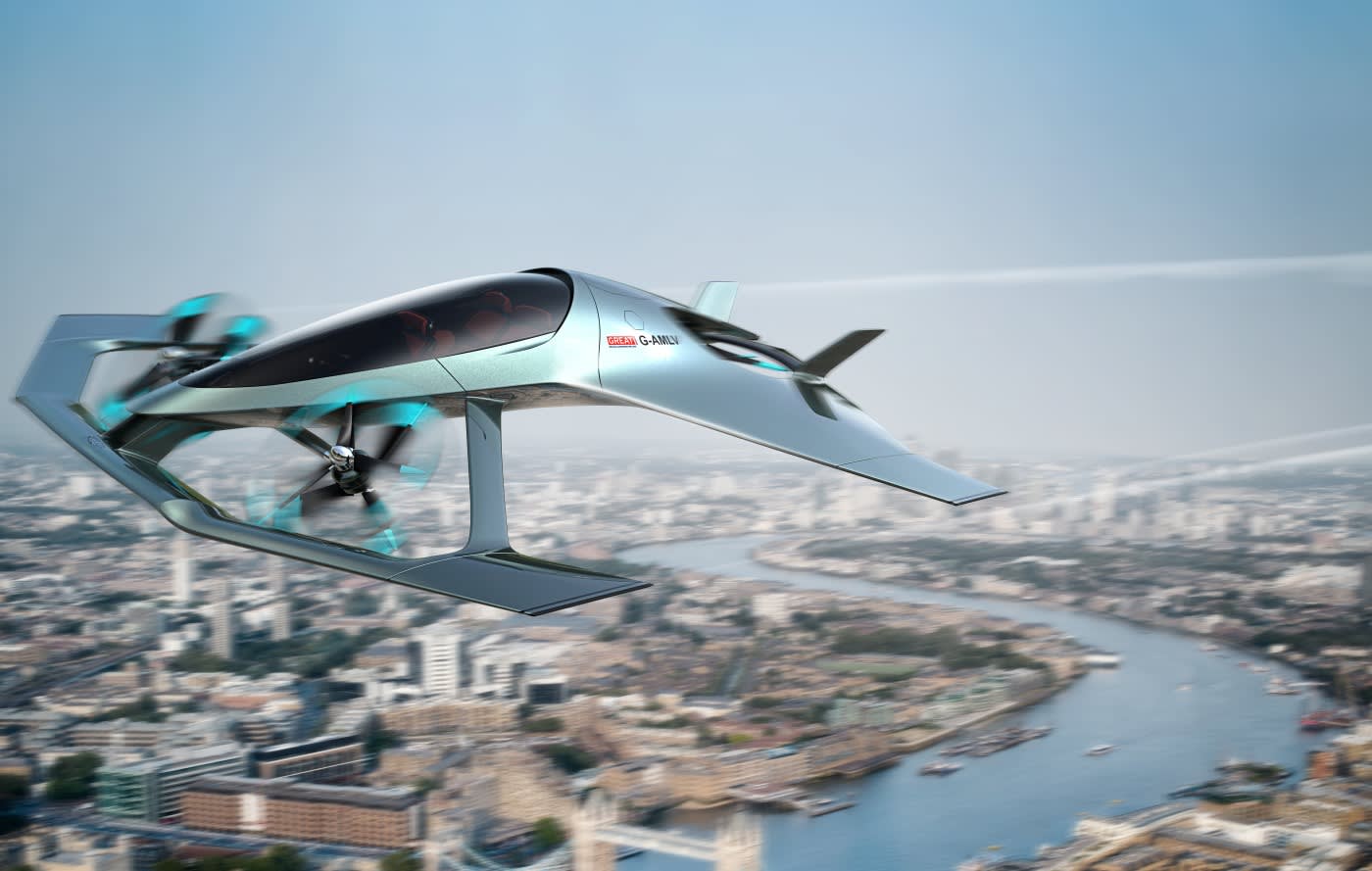 |
| The Lilium jet does not use rotors like most of the giant drones being tested as air taxis. |
Daimler arguably leads this race with its stake in German start-up Volocopter, whose 18-rotor, two-seater drone has been extensively tested with over 1,000 test flights. Volocopter has also attracted
investment from Chinese car builder and Volvo owner Geely.
investment from Chinese car builder and Volvo owner Geely.
Close behind Daimler is Kitty Hawk, where CEO Sebastian Thrun, the engineer behind the Waymo autonomous cars, unveiled the 12-rotor Cora in March. The all-electric Cora basically flies itself and can reach speeds of 180 km/h with a range of about 100 km.
Hyundai did not provide details of its plans, but as a leader in hydrogen fuel cells, the smart money is on Hyundai to provide a drone that will overcome the short range, long recharge and weight limitations of lithium batteries using the energy density and quick refuelling of hydrogen fuel cells.
In California, Alaka’i Technologies presented just such a concept in May, claiming their hydrogen fuel cell concept will be able to fly 640 km with five passengers on board.
The Korean vehicle builder has appointed Nasa aeronautics veteran Dr Jaiwon Shin to head its new urban Air Mobility Division. Shin said in a statement: “The new team at Hyundai will develop core technologies that will establish the company as a driving force in urban air mobility, a sector that is expected to grow into a market worth US$1,5 trillion (R22,4 trillion) within the next 20 years.”
 |
| The 18-rotor Volocopter has logged over 1,000 test flights. |
‘URBAN AIR MOBILITY SOLUTIONS’
Meanwhile, Porsche and Aurora Flight Sciences, a subsidiary of Boeing, are developing a concept for a fully electric vertical take-off and landing vehicle.
Executive board member at Porsche Detlev von Platen said the sports car company aims to become a leading brand for premium mobility, which in the longer term “could mean moving into the third dimension of travel”.
A 2018 study by Porsche Consulting forecasts the urban air mobility market will lift off after 2025.
The study also indicates that “urban air mobility solutions” will transport passengers faster, cheaper and with greater flexibility than current conventional means of terrestrial transport.
Head of portfolio management for Porsche as well as the Piech family who control the VW Group, Philipp von Hagen, repeated the view that giant drones could be a regular means of transport by 2025.
“Drones are agile and quiet due to their electrical propulsion and both more affordable as well as more environmentally friendly than today’s helicopter.”
FLIGHT HAILING
Uber co-founder Travis Kalanick has been preaching this view all along and is working with several companies, including Bell, to get this vision airborne through Uber Elevate.
A study by Uber shows going direct by air could cut the two-hour drive to cover the congested 32 km between India’s Gurgaon and New Delhi to six minutes, at a cost of about R550.
Boeing subsidiary Aurora Flight Sciences, also a partner of Uber, in January completed a test flight of an electrically propelled air taxi. Uber also announced a partnership with Nasa in May.
While still an associate administrator at Nasa Jaiwon Shin said: “Urban air mobility could revolutionise the way people and cargo move in our cities and fundamentally change our lifestyle much like smartphones have.”
 |
| For those who don't want to hail a drone, Aston Martin's plans a luxury air car like so. |
VW and Aston Martin have also announced their plans to exploit the next level of urban mobility, but with luxury “flying cars” rather then the utilitarian air taxis currently being tested by several non-car companies.
These include Chinese drone maker eHang; Brazilian aerospace conglomerate Embraer; Slovenia’s Pipistrel Vertical Solutions; and California-based Karem Aircraft.
NOT JUST BLUE SKIES AHEAD
As with all pioneering ventures, there are many challenges in getting air taxis flying, as Audi recently found.
Audi’s concept is called Pop.Up and entails a passenger pod that can drive on road, or connect to a separate cradle that holds the rotors to fly over traffic.
Audi demonstrated a model of the Pop.Up at Drone Week in Amsterdam in November last year, but last month announced it has suspended work on its Pop.Up air taxi and has put its partnership with Airbus up for review.
The most important job is to rewrite laws that govern safe air transport.
Another Boeing subsidiary, NeXt, is working with U.S. regulators to introduce “a new mobility ecosystem and ensure a future where autonomous and piloted air vehicles safely co-exist”, Boeing said in a statement.